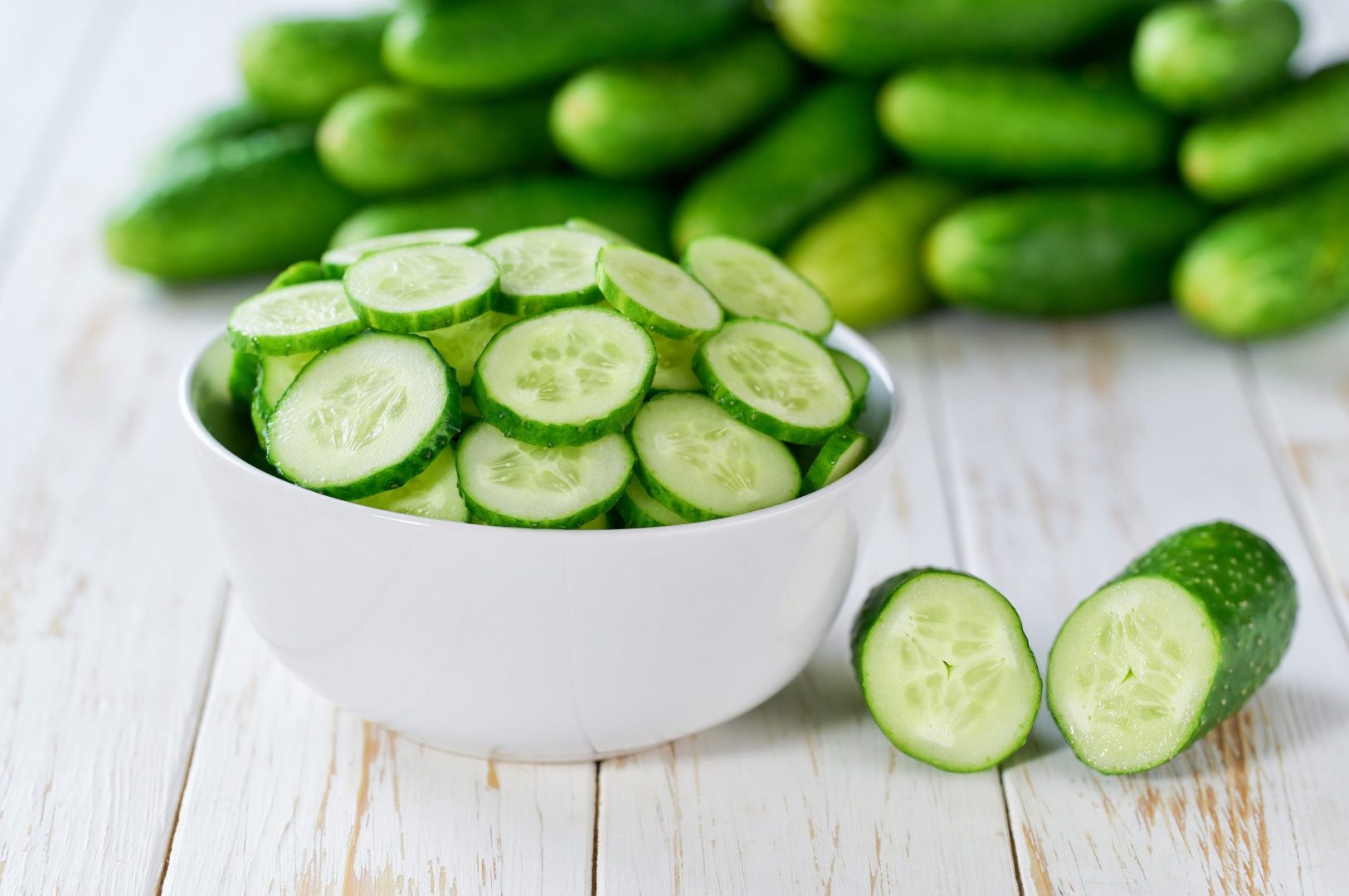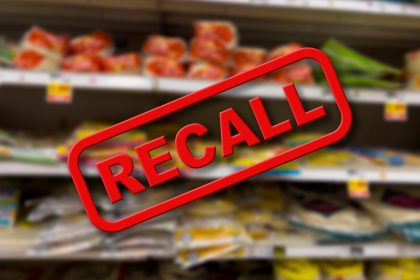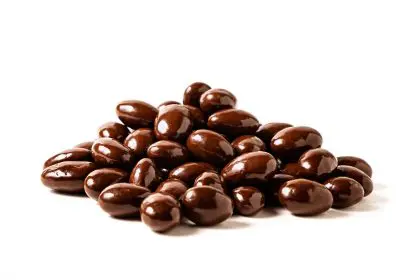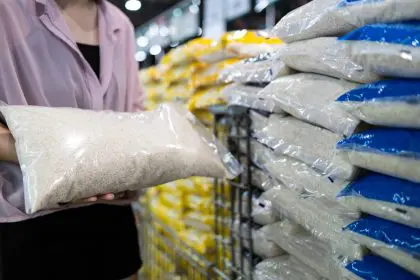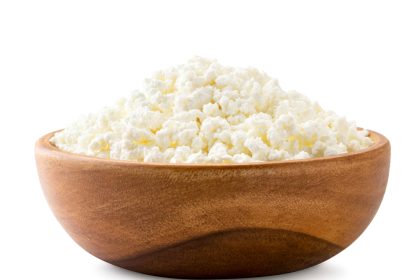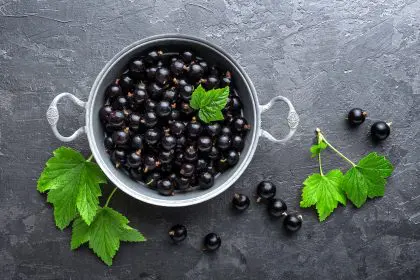What begins as a simple salad ingredient could end with a trip to the emergency room. A major cucumber recall has been announced by the FDA as a serious salmonella outbreak spreads across the country. Health officials are urging consumers to take immediate action to protect themselves and their families.
The situation has escalated rapidly as more cases emerge daily. With contaminated cucumbers potentially sitting in refrigerators across America right now, understanding the scope of this recall could be crucial for your health and safety.
Unlike many food recalls that affect packaged products with clear labeling, this cucumber recall presents unique challenges. Many of these cucumbers were sold individually without packaging or identifying marks, making them difficult to distinguish from safe produce.
For salad lovers and health-conscious consumers who regularly purchase fresh vegetables, this recall serves as an important reminder about the invisible dangers that sometimes lurk in even the most wholesome foods.
Which cucumbers are involved in this recall
The nationwide recall specifically targets whole, fresh cucumbers distributed since April 29, 2025. These cucumbers have been linked to potential contamination with salmonella, bacteria responsible for serious foodborne illnesses that can be life-threatening for vulnerable individuals.
What makes this recall particularly concerning is that the cucumbers may still be within their shelf life for the remainder of the week. This means potentially dangerous produce could still be sitting in refrigerators or being served in restaurants right now.
The affected cucumbers may have been sold individually without any labeling, making them nearly impossible to identify by appearance alone. Without packaging or stickers to check, consumers are left in the difficult position of needing to discard any cucumbers of uncertain origin.
These contaminated cucumbers have made their way into various retail outlets, restaurants, and other facilities across the country. Health authorities continue working to identify all locations that received shipments of the affected produce.
The growing health impact across America
The human toll of this outbreak continues to rise. As of the most recent count, there have been 26 confirmed cases of salmonella infections directly linked to these contaminated cucumbers. Of those cases, nine people have required hospitalization due to the severity of their symptoms.
The first reported illness occurred on April 2, 2025, with the most recent case reported on April 28, indicating the outbreak has been developing over several weeks. Health officials expect these numbers to rise as more people seek medical attention and testing confirms additional cases.
An interesting pattern has emerged in the investigation: seven individuals who fell ill had recently taken a cruise from Florida, where the contaminated cucumbers originated. This connection has provided investigators with important clues about the source and spread of the contamination.
The geographic spread of this outbreak shows just how far contaminated produce can travel through our national food supply. Cases have appeared from coast to coast, affecting communities from California to New York.
The worrying environmental test results
During routine safety monitoring, environmental testing at the source farm yielded alarming results. Tests detected the presence of the exact same strain of salmonella now making people sick across the country.
Even more concerning, this isn’t the first time this particular strain has been detected. The current outbreak follows a similar incident in 2024, suggesting persistent contamination issues that weren’t adequately addressed after the initial discovery.
These environmental findings indicate that contamination likely occurred at the source rather than during distribution or handling, pointing to potential systemic issues in growing or processing practices that may need comprehensive reform to prevent future outbreaks.
The reappearance of the same strain raises serious questions about agricultural safety practices and the effectiveness of current monitoring systems designed to protect consumers from exactly this type of recurring contamination.
The nationwide spread: states reporting cases
While the recall applies to cucumbers distributed nationwide, fifteen states have confirmed cases of salmonella infections linked to this specific outbreak. The distribution of cases provides insight into both the shipping patterns of the contaminated produce and the consumption habits across regions.
The highest concentration of cases appears in the Midwest and Southeast, with Illinois and Ohio each reporting four cases, followed by Florida and North Carolina with three cases each. Pennsylvania has confirmed two cases, while the remaining states each report a single confirmed case.
The complete list of affected states includes:
Illinois (4 cases) Ohio (4 cases) Florida (3 cases) North Carolina (3 cases) Pennsylvania (2 cases) Alabama (1 case) California (1 case) Colorado (1 case) Kansas (1 case) Kentucky (1 case) Michigan (1 case) New York (1 case) South Carolina (1 case) Tennessee (1 case) Virginia (1 case)
This widespread distribution demonstrates how quickly contaminated produce can spread through the national food supply chain, affecting communities thousands of miles from the contamination source.
Immediate steps to protect your family
If you have purchased cucumbers recently and are unsure of their origin, health officials recommend discarding them immediately. The potential health risks far outweigh the cost of replacement.
Beyond simply throwing away suspicious cucumbers, thorough cleaning of any surfaces that may have contacted the contaminated produce is essential. Salmonella can transfer from food to preparation surfaces and then to other foods, creating cross-contamination that extends the risk.
When cleaning potentially contaminated surfaces, use hot, soapy water for initial cleaning, follow with a food-safe sanitizing solution, pay special attention to cutting boards, knives, and refrigerator drawers, and wash hands thoroughly after handling suspicious produce.
When dining out during this recall period, don’t hesitate to ask restaurant staff about the origin of cucumbers in salads or other dishes. Many establishments have already pulled potentially affected produce from their kitchens, but verification provides additional peace of mind.
Recognizing salmonella infection symptoms
Knowing the signs of salmonella infection can help you seek appropriate medical care if exposed to contaminated cucumbers. Most people infected with salmonella develop symptoms within 12 to 72 hours after exposure.
The most common symptoms include diarrhea (which may be severe), abdominal cramps and pain, fever, typically between 100°F and 102°F, nausea and occasional vomiting, headache and general weakness.
For most healthy adults, symptoms typically last between four and seven days, with gradual improvement without specific treatment. However, certain populations face much higher risks of severe or life-threatening complications.
The infection can be particularly dangerous for young children, older adults, pregnant women, and anyone with a compromised immune system. These vulnerable groups should be especially vigilant about avoiding potentially contaminated produce.
When salmonella becomes dangerous
While many cases of salmonella infection resolve without medical intervention, certain symptoms indicate a potentially serious situation requiring immediate medical attention.
Seek emergency care if you experience diarrhea accompanied by a fever higher than 102°F, persistent diarrhea lasting more than three days, bloody or black stools, severe vomiting preventing liquid retention, signs of dehydration including decreased urination, dry mouth, and dizziness, or extreme pain or severe abdominal swelling.
The most significant danger from salmonella infection comes from dehydration, which can develop rapidly, especially in children and older adults. Maintaining adequate fluid intake is crucial even in mild cases.
In severe cases, salmonella bacteria can enter the bloodstream and spread to other body sites, causing potentially life-threatening infections in the brain, heart, or joints. This condition, called invasive salmonellosis, requires hospitalization and aggressive treatment.
The long-term health consequences to consider
Even after recovering from the immediate symptoms of salmonella infection, some individuals experience lingering health effects that can persist for months or even years after the initial illness.
Some people develop reactive arthritis following salmonella infection, a condition characterized by joint pain, eye irritation, and painful urination. This complication typically develops within a month of infection and can last for several months or become chronic in some cases.
Digestive issues may persist long after recovery from the acute infection. Some patients report continued sensitivity to certain foods, irregular bowel movements, or recurring abdominal discomfort for months after their initial recovery.
In rare cases, salmonella infection can trigger post-infectious irritable bowel syndrome (IBS), a chronic condition affecting the large intestine that causes abdominal pain, bloating, and altered bowel habits. This condition can significantly impact quality of life and may require ongoing management.
The potential for these long-term complications underscores the importance of taking food recalls seriously and taking immediate precautionary measures even if you haven’t experienced symptoms.
How contamination reaches your produce
Understanding how cucumbers become contaminated with salmonella can help consumers make more informed choices about their produce selection and preparation habits beyond this specific recall.
Contamination typically begins at the farm level, where bacteria can be introduced through contaminated irrigation water, improper use of manure as fertilizer, or inadequate worker hygiene practices. Once present in the growing environment, salmonella can persist for extended periods in soil or water.
During harvest and processing, bacteria can spread from a few contaminated cucumbers to many more through shared water baths, processing equipment, or handling. A single contaminated cucumber can potentially affect an entire batch during washing or packing.
Transportation and display conditions can also influence contamination levels. Temperature fluctuations or cross-contamination from other produce during shipping or in store displays may contribute to bacterial growth or spread.
Unlike meats, which consumers know to cook thoroughly, fresh produce like cucumbers is typically eaten raw, eliminating the kill-step that would destroy harmful bacteria. This makes preventing contamination particularly crucial for items consumed without cooking.
Protecting yourself beyond the current recall
While the immediate concern focuses on discarding potentially contaminated cucumbers, implementing longer-term protective measures can help safeguard against future foodborne illness risks from all fresh produce.
When selecting produce at the store, choose items that appear fresh and undamaged, avoid produce with visible cuts, bruises, or soft spots where bacteria could multiply, select pre-packaged salad ingredients with the furthest possible expiration date, and consider the overall cleanliness of the produce section as an indicator of store practices.
Once home, proper produce handling significantly reduces risk. Wash hands thoroughly before and after handling any fresh produce, clean all produce under running water just before eating, cutting, or cooking, use a clean produce brush on firm produce like cucumbers, dry produce with a clean paper towel to remove any remaining bacteria, and keep fruits and vegetables separated from raw meat, poultry, and seafood.
Store produce properly to minimize bacterial growth: Refrigerate cut, peeled, or prepared fruits and vegetables within two hours; Maintain your refrigerator at 40°F or below to slow bacterial growth; Store produce in clean, dedicated containers rather than open on refrigerator shelves and; Regularly clean refrigerator produce drawers with hot, soapy water
Staying informed about food safety
As this cucumber recall demonstrates, food safety requires vigilance and awareness. Developing habits that keep you informed about potential risks can help protect your household from foodborne illness.
Consider registering for automatic food recall notifications through the FDA websites or mobile apps. These services provide timely alerts about recalls that might affect products in your home.
Before grocery shopping, take a moment to check recent recall notices, particularly for fresh produce items that your family consumes regularly. This proactive approach can help you avoid purchasing recalled items in the first place.
Establish reliable information sources for food safety news. Social media often spreads misinformation about food recalls, so verify recall information through official channels before taking action or sharing with others.
By staying informed and implementing proper food safety practices, you can significantly reduce your risk of foodborne illness from cucumbers and all fresh produce, protecting yourself and your family from preventable health threats.

